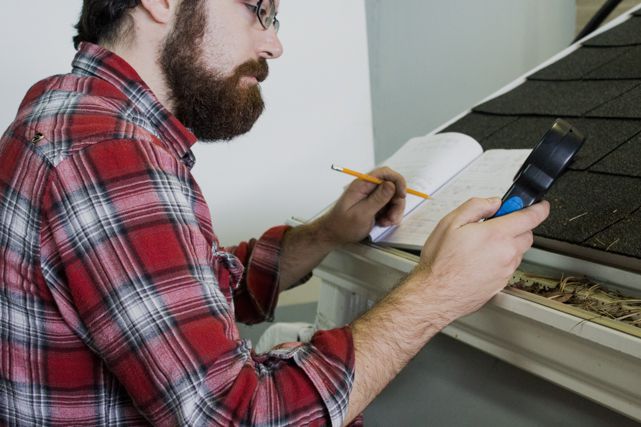 The quality of our products is central to our work at Alu-Rex. In order to offer the best products on the market, the product development team is always hard at work racking their brains to cater to your every need. How do they get to the best products? By testing them of course! Let’s take a look at the main steps involved in the test phase.
The quality of our products is central to our work at Alu-Rex. In order to offer the best products on the market, the product development team is always hard at work racking their brains to cater to your every need. How do they get to the best products? By testing them of course! Let’s take a look at the main steps involved in the test phase.
The testing process
Let’s start with more technical stuff. Before initiating the tests, it is important to establish a plan. This requires deep reflection and planning in order to determine all the parameters and possible scenarios for a given product. All the relevant elements must be considered. For instance, in the case of leaf guards, we conduct tests with or without flashing, in addition to taking into account different styles of gutters, roofing, etc.
Once that initial phase is completed, our team determines the tests to be performed, the conditions under which testing will be conducted and the settings that will be used, with the variables to be measured and the levels of precision required. Here is the usual protocol:
• Stress test: Measuring load, impact and warping.
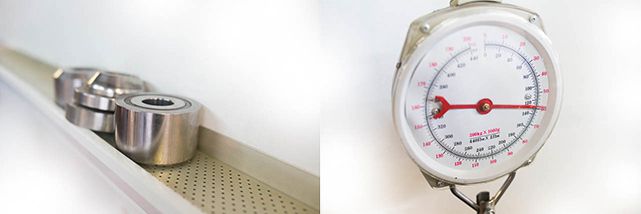
Stress Test
• Drainage test: water absorption properties under different conditions using such variables as debris, slope, inside/outside corners, roof slope, vegetation type around the property and climate.
• Self-cleaning test: allows validating how effective the product is at eliminating debris without actually having to clean it, as well as how it performs depending on wind conditions.
• Thermal expansion and aging test: effect of heat on product stability.
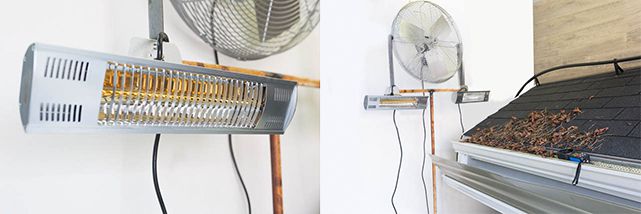
Thermal expansion and aging test
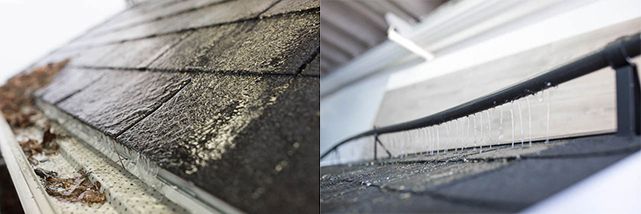
Drainage test
Preparation, fine-tuning and optimization
Subsequently, we prepare a test bed, making sure that we have all the equipment and tools required. For each evaluation performed, we change our experimental platform, to ensure that the test bed, developed in collaboration with Laval University’s Civil and Water Engineering Department, is optimized and standardized. Sometimes, a team of three people is necessary as most tests may require the participation of two people or more to be conducted properly.
Conducting tests
Testing consists of an iterative process. We conduct the tests and analyze the results obtained. We then improve design based on general performance and specific observations. All tests are repeated until we have the perfect product.
Field tests
Once our team is pleased with the in-house test results and product performance, we have our professional installers conduct field tests under actual conditions.
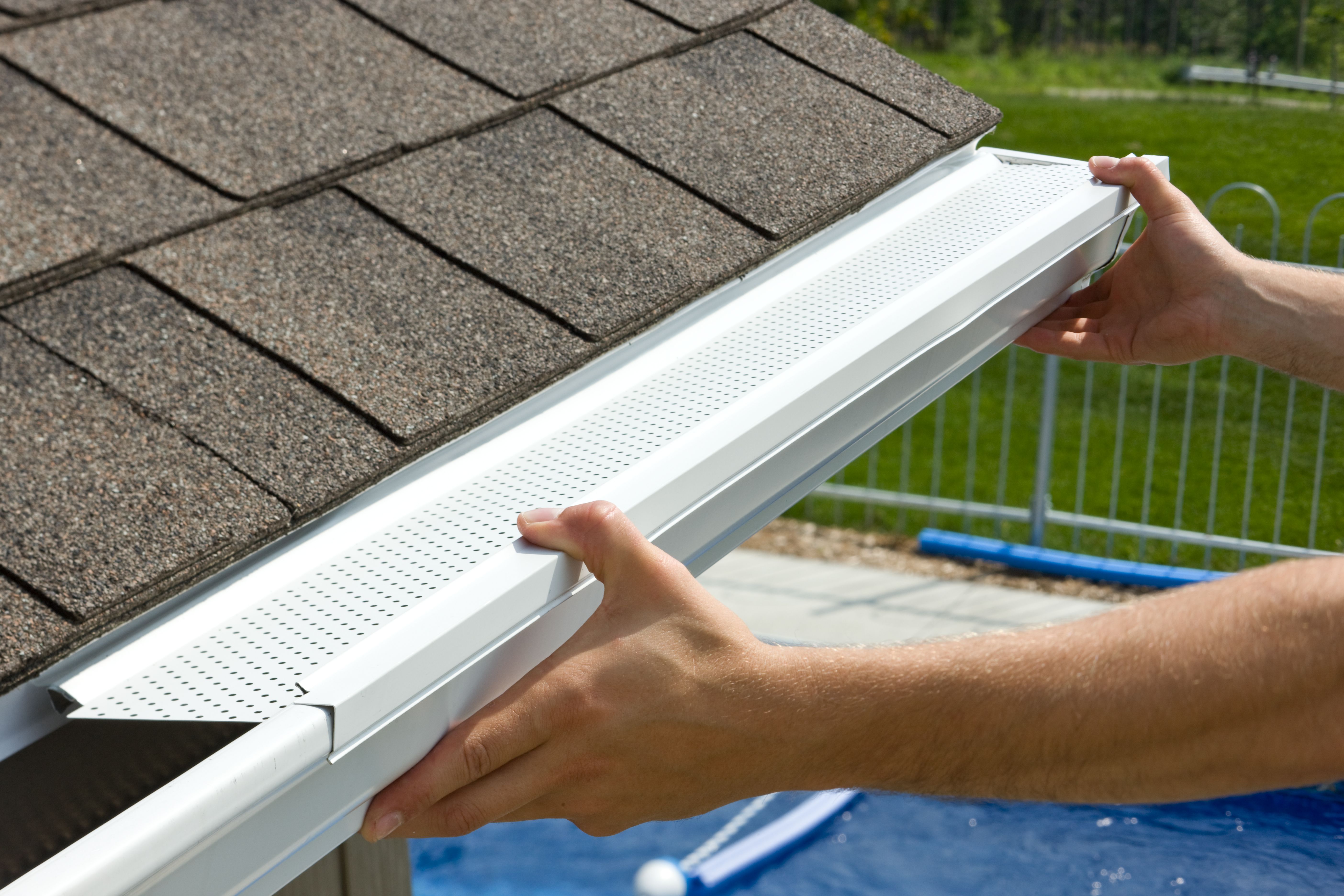
Test our products
Now that you’ve had a brief look behind the scenes, we would like to invite you to participate in the testing of our products. Our product team is always looking for the input of professional installers in order to help them evaluate the performance of our product line! If you are interested, contact your representative right away!